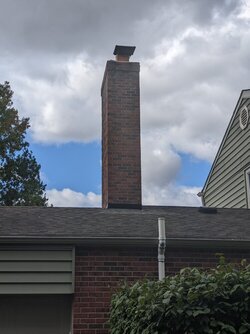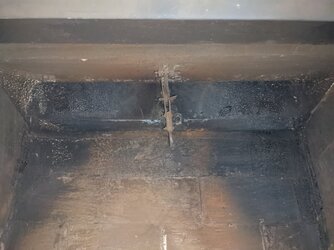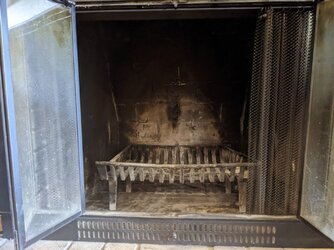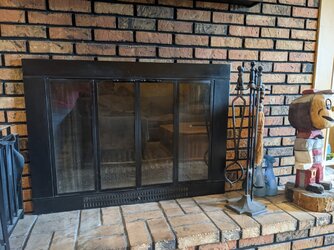I have a wood burning fireplace.
I was recently advised that due to the amount of creosote glazing at the top of my chimney, the best option is to have a steel liner inserted. I have gotten multiple estimates; however, one thing that has me puzzled is that some say that the original clay liner needs to be removed before placing the new liner, but others say it can be done without removing the original clay tiles. Of course the option which does not remove the old tiles is significantly cheaper.
My question is to those who know better than me: is there really a significant difference or benefit to removing the old clay liner as opposed to just inserting inside the current liner? In both circumstances we have been told that there is a lifetime warranty on the new liner.
I was recently advised that due to the amount of creosote glazing at the top of my chimney, the best option is to have a steel liner inserted. I have gotten multiple estimates; however, one thing that has me puzzled is that some say that the original clay liner needs to be removed before placing the new liner, but others say it can be done without removing the original clay tiles. Of course the option which does not remove the old tiles is significantly cheaper.
My question is to those who know better than me: is there really a significant difference or benefit to removing the old clay liner as opposed to just inserting inside the current liner? In both circumstances we have been told that there is a lifetime warranty on the new liner.





